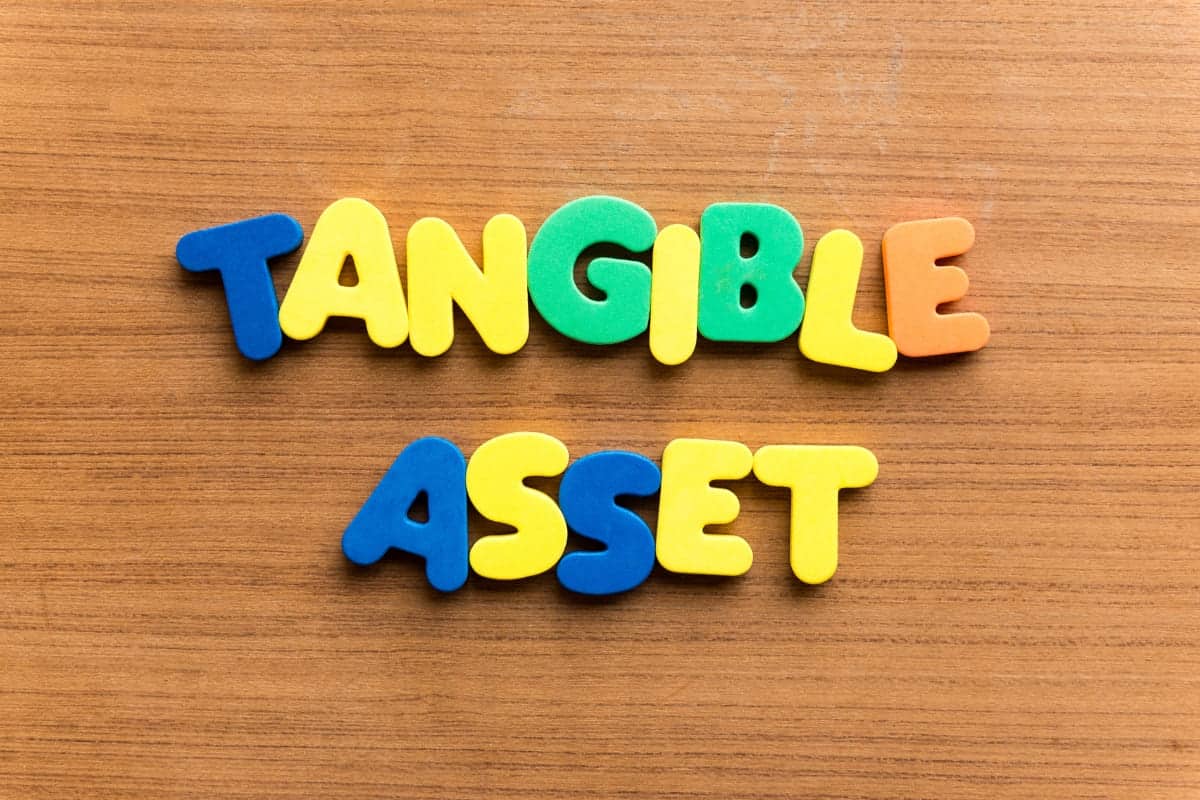Tangible asset
Tangible assets are a vital component of any organization’s balance sheet, representing the physical assets that have monetary value. They play a significant role in business operations, investment decisions, and financial reporting. In this guide, we’ll delve into what tangible assets are, why they matter, and how they impact both businesses and investors.
What is a Tangible Asset?
Tangible assets are physical assets that a company owns and uses in its day-to-day operations to generate revenue. These assets have a measurable value and are typically reported on a company’s balance sheet. Tangible assets can be categorized into several subgroups:
1. Property, Plant, and Equipment (PP&E): This category includes real estate, machinery, vehicles, and other physical assets used in production or as part of business operations.
2. Inventory: Inventory consists of tangible goods held for resale, raw materials, work-in-progress, and finished goods.
3. Furniture and Fixtures: This category encompasses office furniture, fixtures, and equipment used in daily business activities.
4. Land and Buildings: These assets represent real property owned by a company, such as land, offices, factories, and warehouses.
5. Vehicles: Tangible assets like company cars or delivery trucks fall under this category.
Why Tangible Assets Matter
Tangible assets are critical for several reasons:
1. Business Operations: They are essential tools for a company’s day-to-day operations. For example, machinery and equipment are necessary for manufacturing, while offices and warehouses are crucial for administrative and logistical functions.
2. Investment Decisions: Investors and analysts use tangible assets to assess a company’s financial health and profitability. The presence of valuable tangible assets can increase a company’s attractiveness to investors.
3. Financial Reporting: Companies are required to report tangible assets on their balance sheets, providing transparency about their asset base. This information is vital for stakeholders, including shareholders, lenders, and regulators.
4. Collateral: Tangible assets can be used as collateral for loans, providing a source of financing for business expansion or other financial needs.
Depreciation of Tangible Asset
Tangible assets are subject to depreciation, which represents the allocation of an asset’s cost over its useful life. This accounting practice recognizes that tangible assets lose value over time due to wear and tear, obsolescence, or other factors. Depreciation expenses are recorded on a company’s income statement, reducing the asset’s book value on the balance sheet.
Valuation of Tangible Asset
Determining the value of tangible assets can be a complex process, especially for assets like real estate or specialized machinery. Common valuation methods include:
-
Cost Model: Tangible assets are initially recorded at their historical cost and then adjusted for depreciation.
-
Market Model: Some assets, like real estate, may be valued based on current market prices.
-
Income Model: For income-generating assets, such as rental properties, valuation may be based on the expected future income they will generate.
In Conclusion: Leveraging the Value of Tangible Asset
Tangible assets are tangible reminders of a company’s physical presence and operational capabilities. They are not just financial figures on a balance sheet; they represent the tools and resources that businesses use to create value and achieve their goals. Understanding the nature, value, and depreciation of tangible assets is essential for effective financial management, investment decisions, and maintaining transparency in business operations.
อ่านบทความทั้งหมด >>> Accounting Office
Accounting service Tel.084-343-8968 (POND)



